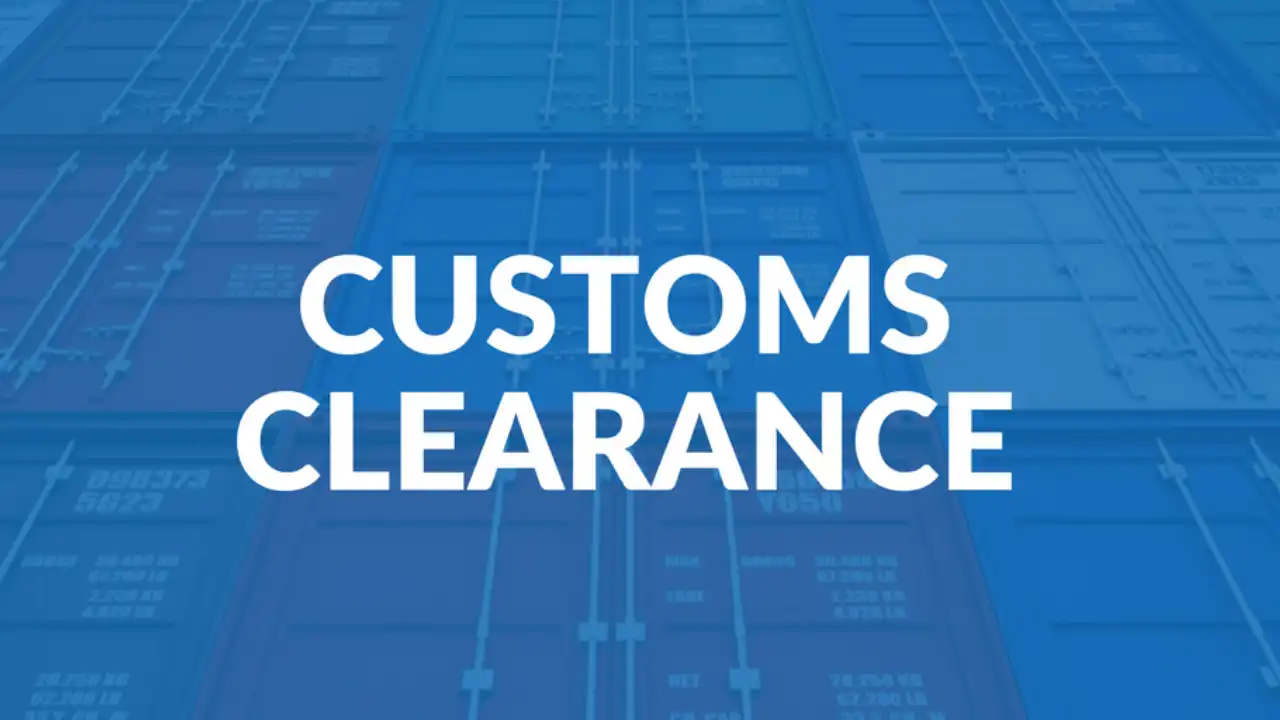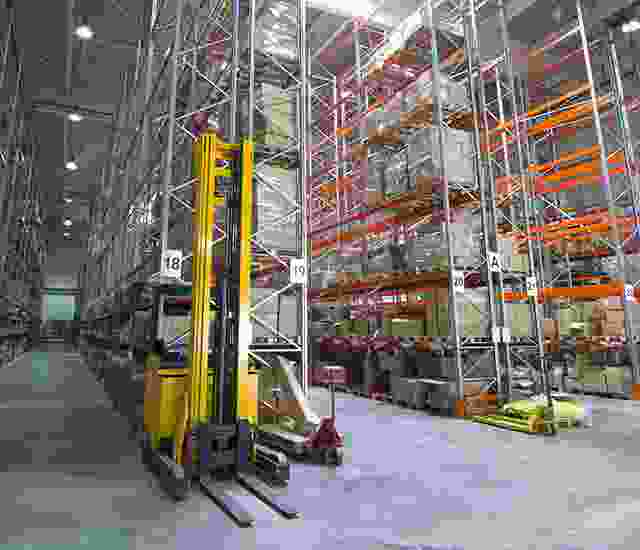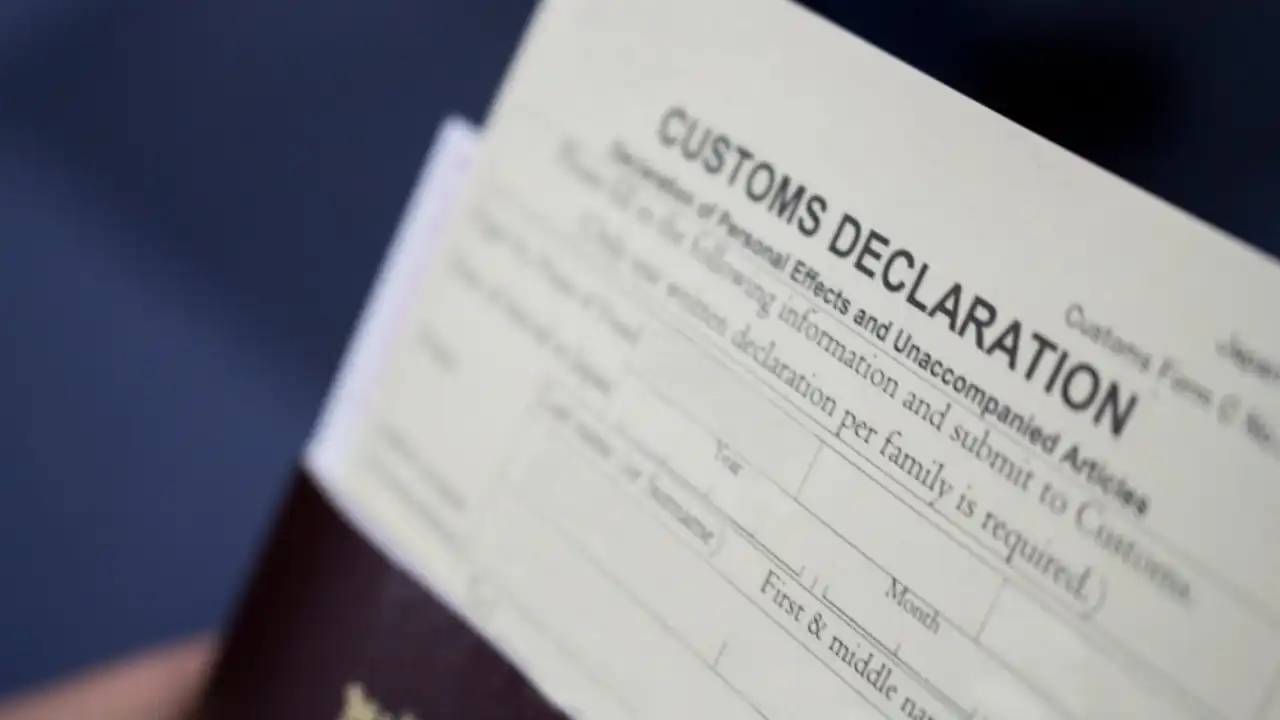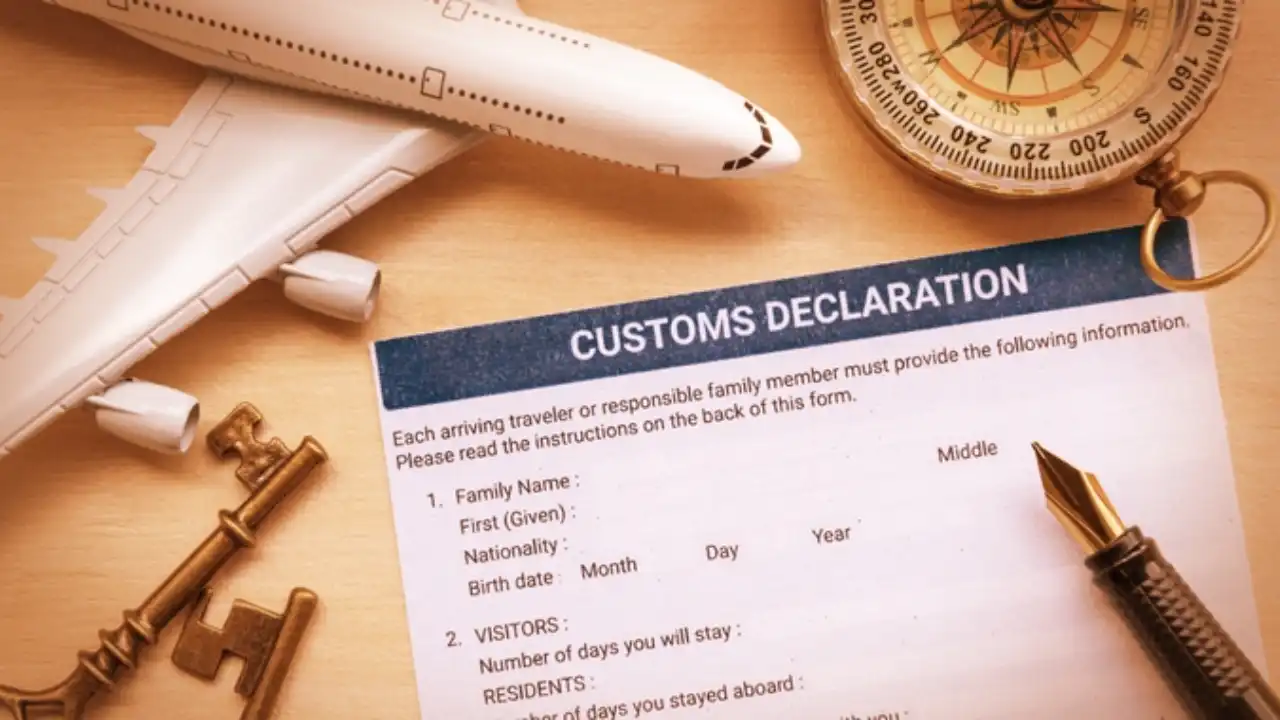In the world of international trade, customs clearance is a critical process that ensures the smooth flow of goods across borders. Whether you are a seasoned importer/exporter or new to the global market, understanding the customs clearance process can save time, reduce costs, and prevent potential disruptions. In this article, we’ll explore the ins and outs of customs clearance, including its importance, key steps, challenges, and tips for success.
What Is Customs Clearance?
Customs clearance is the process of obtaining permission from a country’s customs authority to import or export goods. It involves the submission of required documentation, payment of applicable duties and taxes, and compliance with regulations to ensure the legal movement of goods across borders.
This process ensures that goods meet all legal and regulatory requirements, safeguarding the country’s economy and security while enabling businesses to operate seamlessly in the global marketplace.
Why Is Customs Clearance Important?
In today’s interconnected global economy, customs clearance plays a vital role in facilitating international trade. Acting as a crucial checkpoint, customs clearance ensures that goods cross borders smoothly while adhering to the legal and regulatory frameworks of importing and exporting countries. For businesses, mastering the customs clearance process can mean the difference between seamless operations and costly delays.
Customs clearance is more than just a regulatory requirement; it’s a strategic element of global logistics. By ensuring compliance, preventing illegal trade, and promoting efficient movement of goods, customs clearance contributes significantly to the health of international trade. Let’s explore why this process is so important and how it impacts global commerce.
- Compliance with Regulations: Every country has unique laws governing the import and export of goods. Customs clearance ensures that shipments comply with these regulations, including product standards, labeling, and documentation requirements.
- Revenue Generation for Governments: Customs duties and taxes collected during the clearance process represent a significant source of revenue for governments. These funds are often used to support infrastructure, public services, and economic development.
- Preventing Illegal Trade: Customs clearance acts as a barrier against the smuggling of prohibited or restricted items, such as narcotics, counterfeit goods, and endangered species.
- Facilitating Trade: A streamlined customs process helps businesses avoid delays, reduce costs, and maintain competitive delivery times. This efficiency fosters trust among trading partners and enhances global trade flows.
Conclusoin
In the intricate world of global trade, customs clearance is far more than a bureaucratic hurdle; it’s a critical process that ensures the smooth flow of goods across borders. By enabling compliance, generating revenue, and promoting legal trade, customs clearance supports the growth and stability of international commerce.
In conclusion, navigating customs clearance is an indispensable aspect of international trade, demanding meticulous attention to detail and adherence to complex regulations. While it may seem daunting, a thorough understanding of customs procedures, accurate documentation, and proactive communication with customs authorities are key to ensuring smooth and efficient movement of goods across borders. By prioritizing compliance and staying informed about evolving trade laws, businesses can minimize delays, reduce costs, and ultimately enhance their competitiveness in the global marketplace.






